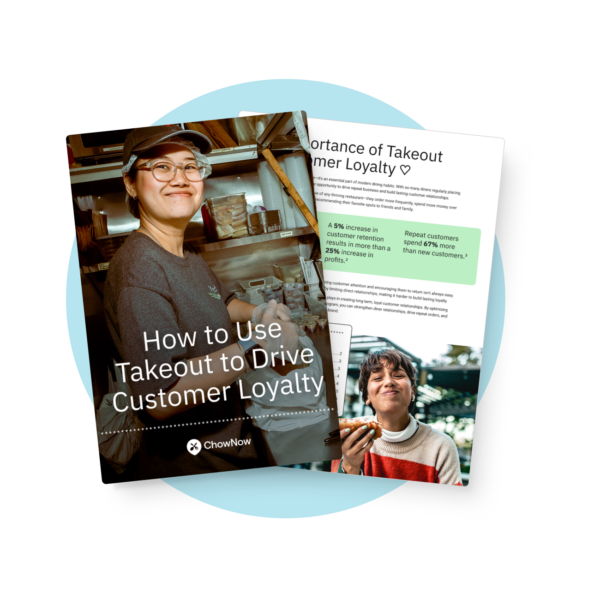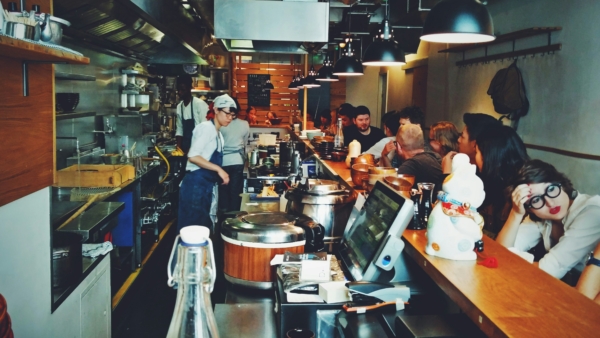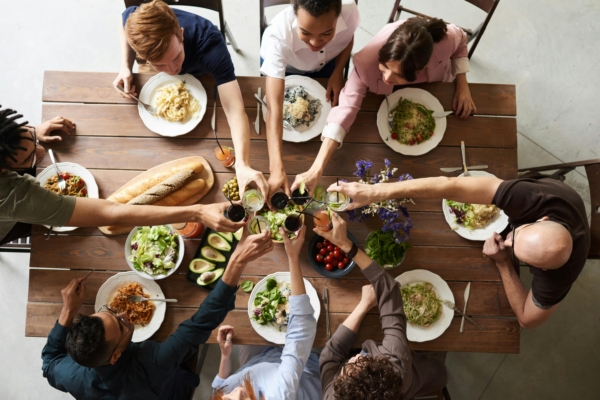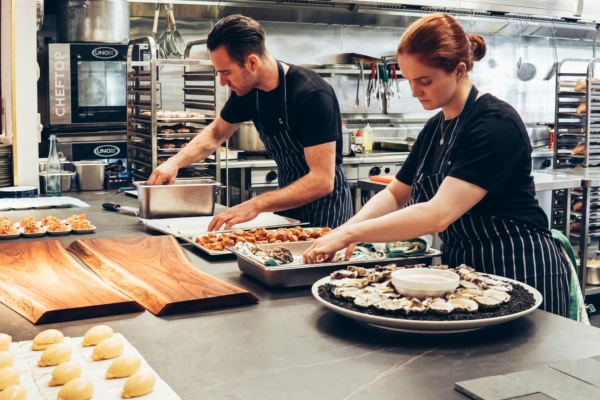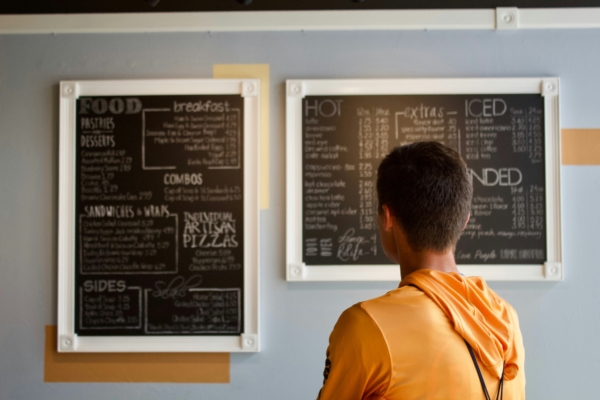Menu Planning for Restaurants: 4 Ways to Grow Revenue Using Your Online Menu
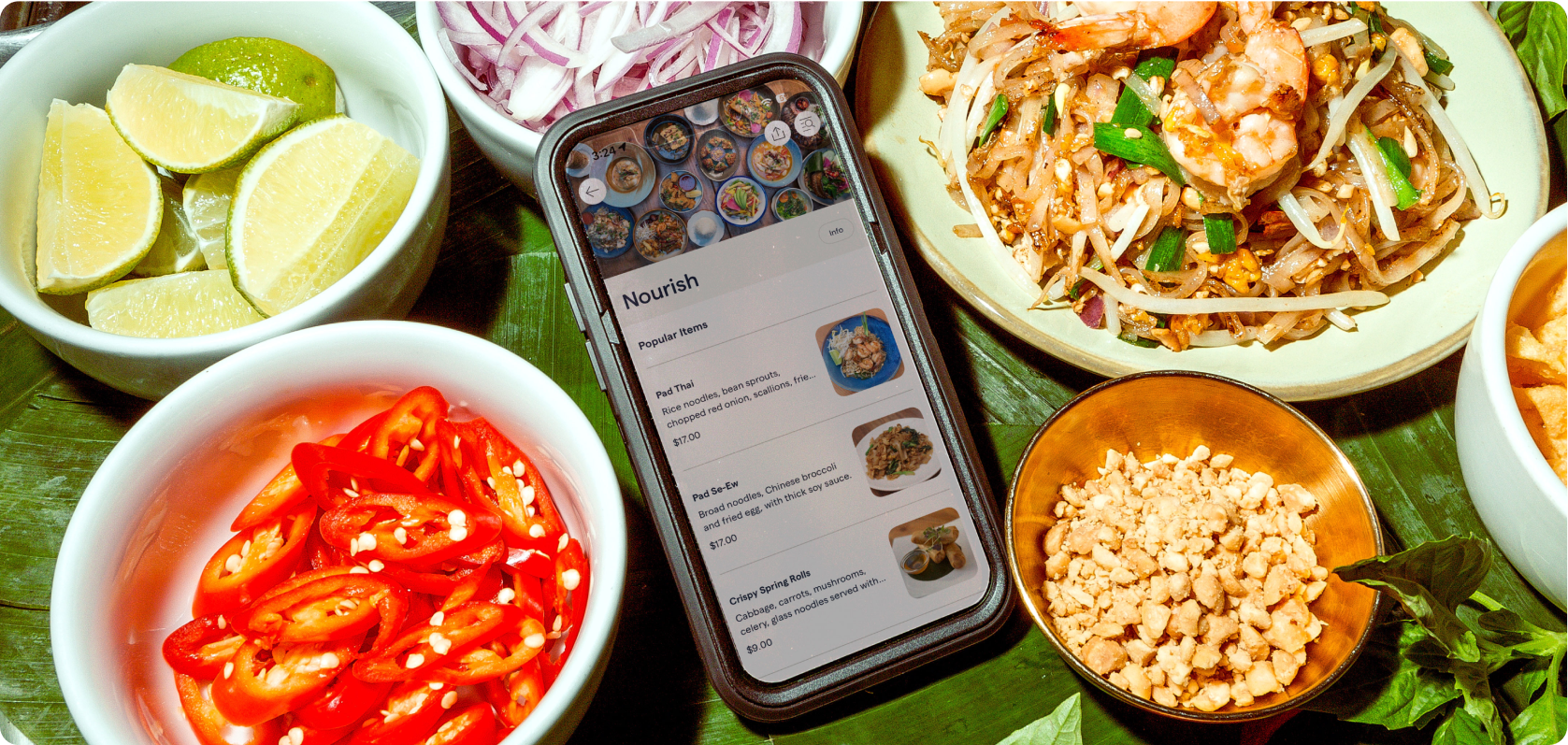
Your restaurant revenue is directly effected by your digital presence. Eighty-five percent of customers will visit your website before deciding to dine in or order out, and the most important factor in their decision is your menu. When your guests order online, they principally interact with your menu, effectively making it your salesperson. Because of this, effective menu planning is critical. Ensure that your menu is strategically organized and worded to both communicate what makes your restaurant unique and maximize revenue.
Let’s take a look at four essential menu planning strategies from ChowNow’s Restaurant Success Team that will help boost your sales.
1. Tell a story about your menu with strategic labeling
When writing item descriptions for menus, you can influence diners’ selections by using adjectives that evoke a particular positive feeling or association, such as “Grandma’s Chicken Soup” or “Locally Sourced Root Vegetables.” These specific examples generate feelings of comfort and environmental responsibility, which captures diners’ attention.
This menu design tool is often referred to as “strategic labeling,” and it can have a significant effect on a customer’s dining decisions, especially when you’re working on your online ordering menu.
Strategic labeling helps tell a story about a menu item, which makes it more appe
aling than something a diner could find at any other restaurant. The deeper your menu goes into details, the more you can stand apart from your competitors. This can even help support charging premiums for certain items, such as those containing organic produce or animal proteins raised without antibiotics.
Below are a couple of easy recommendations for your restaurant to kickstart strategic labeling and grow revenue:
- Customer Diet Trends: More and more consumers are actively seeking sustainability in what they eat, and would even pay more for it. Using key words (accurately!) like “vegan”, “gluten-free” or “organic” on your menu can help diners find the dishes that meet their needs.
- Seasonality: Seasonality can refer to both the literal seasons and events that happen seasonally. For example, if football is the hot ticket in town, try renaming some items/categories to encourage diners to order to-go for the big game. You can also use stories of seasonality to highlight your new specials. For instance, on New Year’s Day, mention New Year’s resolutions in your labeling.
2. Optimize your menu for upselling
Many restaurant owners understand the need for restaurant staff training, and teaching servers to upsell whenever possible. Even though your servers can’t chat with a customer while they’re looking at your online menu, there are still powerful menu planning strategies to upsell online.
For example, suggest an addition with a callout below your entrées with headers such as “Complete Your Meal” or “Pair It With.” These sections should only include a few diversified items (e.g. drinks, desserts, lower-priced appetizers) that are both profitable and popular, making this a great way for your menu to effectively act as a silent salesman (and predict what the customer wants before they even know themselves). This is menu psychology at its finest.
Another tactic is to itemize and charge a small fee for “Extras” or “Add-on” options (e.g. sauces, toppings). Having these listed out on your menu will show your customers that they can customize dishes, using options they may not have thought of themselves. Customers are more inclined to include add-ons to their order with a simple click of a button than they are during an in-person transaction. It’s the “Would you like fries with that?” effect – but digital. See how our partner, Ronan, lets diners customize their order by including add-ons within their online menu:
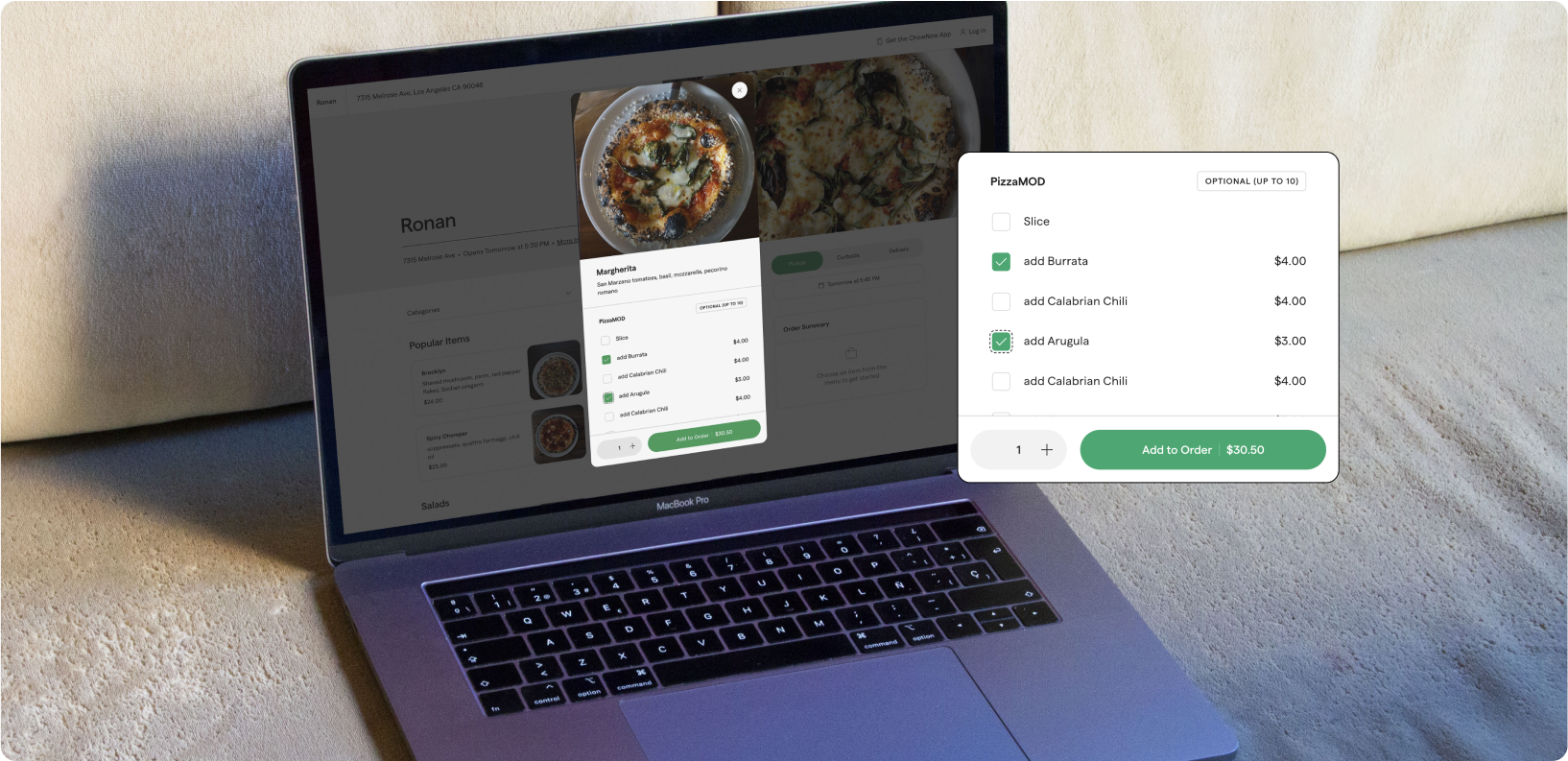
Check out our blog, How to Optimize Your Restaurant’s Online Menu for Upselling, to get even more menu planning tips.
3. Restructure menu categories to push your most profitable items
Your customers are generally used to seeing menus organized in traditional categories like:
- Appetizers
- Entrées
- Sides
- Desserts
- Drinks
While this standard might work for a dine-in menu, that doesn’t translate as well for maximum revenue on your restaurant’s online menu. When a guest is viewing a menu online, they can move on rapidly if they don’t see anything that calls to them. In fact, your restaurant has approximately three seconds of initial engagement with that diner before they lose interest.
This is why you should prioritize what makes your restaurant stand out. Create a curated “Popular Items” category at the very top of the menu with high-margin items that your regulars love. Even though it may feel somewhat awkward to display a burger or a pizza before a salad or soup, those items may be exactly what an online diner needs to motivate their purchase. After all, customers are often looking for recommendations, and they can be effectively influenced by this kind of strategic menu organization.
4. Captivate customers and grow ticket sizes by highlighting menu specials and trending dishes
Remember when it seemed that everyone on Instagram was jumping on the bandwagon of rainbow-colored foods? Then, nearly just as quickly, the bright colors faded in favor of activated charcoal blackness.
Given the fleeting nature of trends, if your restaurant is going to join the bandwagon, you should engineer your menu to your advantage and make the most of it while you can. For example, instead of burying a trendy matcha dessert at the bottom of a page, put it at the top in your “Popular Items” or “New Dishes” sections.
You can also emphasize seasonal trends (such as fresh summer menu items or food fit for New Year’s resolutions), or look for trends like the ever popular “Foodie holidays” that are featured on Instagram feeds throughout the year. If your restaurant wants to capitalize on, say, National Hot Sauce Day or National Waffle Week, structure your menu to highlight your festive items.
Consider a similar approach for menu items that align with popular diets. Your vegetarian customers will thank you (and order more frequently) if you group all of your vegetarian dishes into one category. The same goes for gluten-free, keto, or paleo dishes.
Our restaurant partner, Kimchi Grill, emphasizes their vegan and gluten-free items by putting them in separate categories. This way, customers with dietary restrictions immediately know where to get what they want. The next time they order out, they’ll keep the place with the killer vegan kimchi tacos in mind.
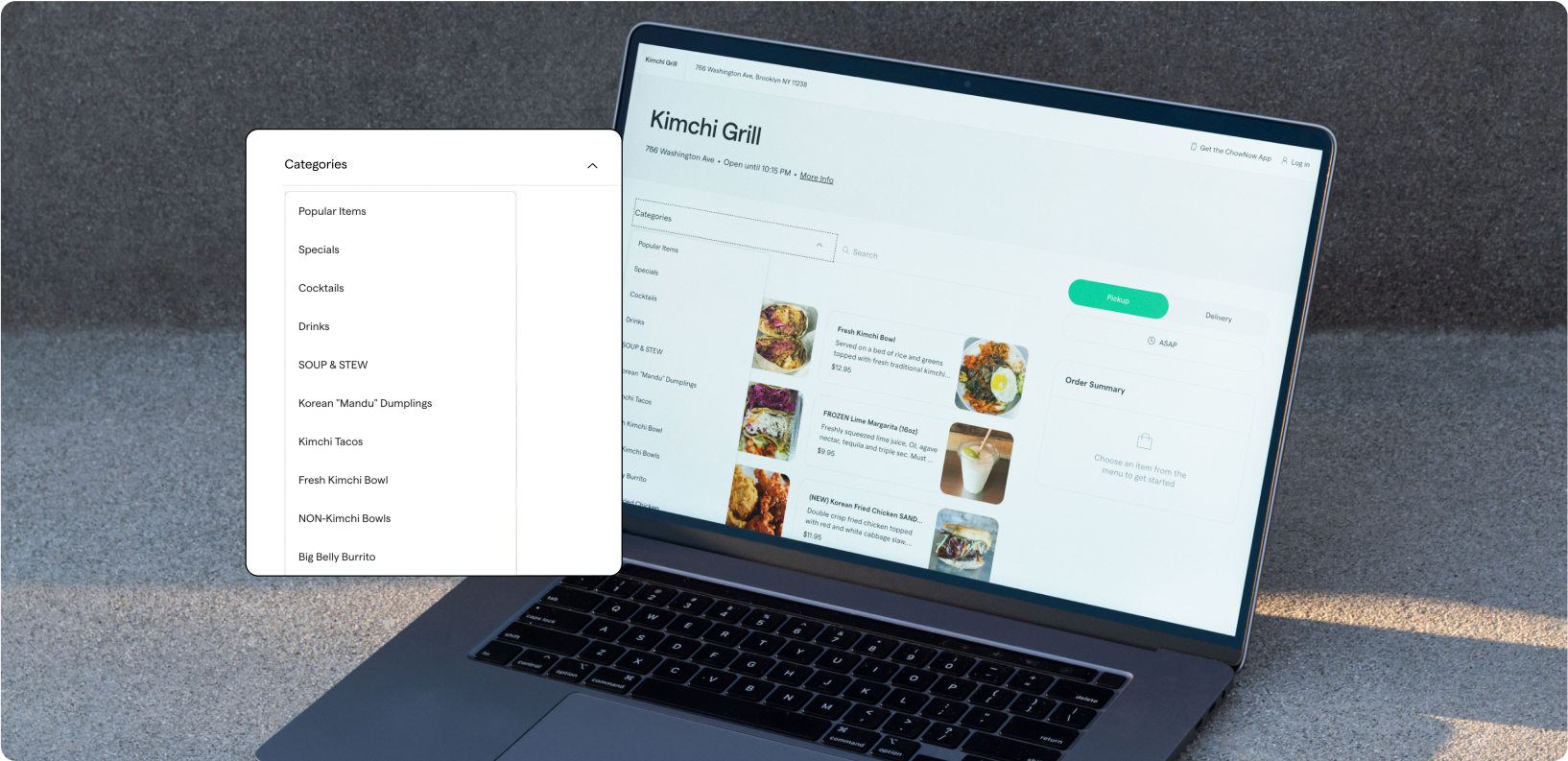
Explore more ways to grow your restaurant revenue
Strategic menu planning to highlight trends and position your most popular and profitable items above the fold can help attract new customers and increase restaurant revenue. After all, restaurants that can keep up with evolving diner demands and trends without losing sight of their brand are the ones most likely to succeed in the long term.
Then, if you’re serious about growing your restaurant’s online revenue with the best technology and guidance, look to ChowNow,’s comprehensive takeout online ordering platform. Take unlimited commission-free orders, and get even more menu and marketing advice from our dedicated experts.

